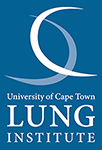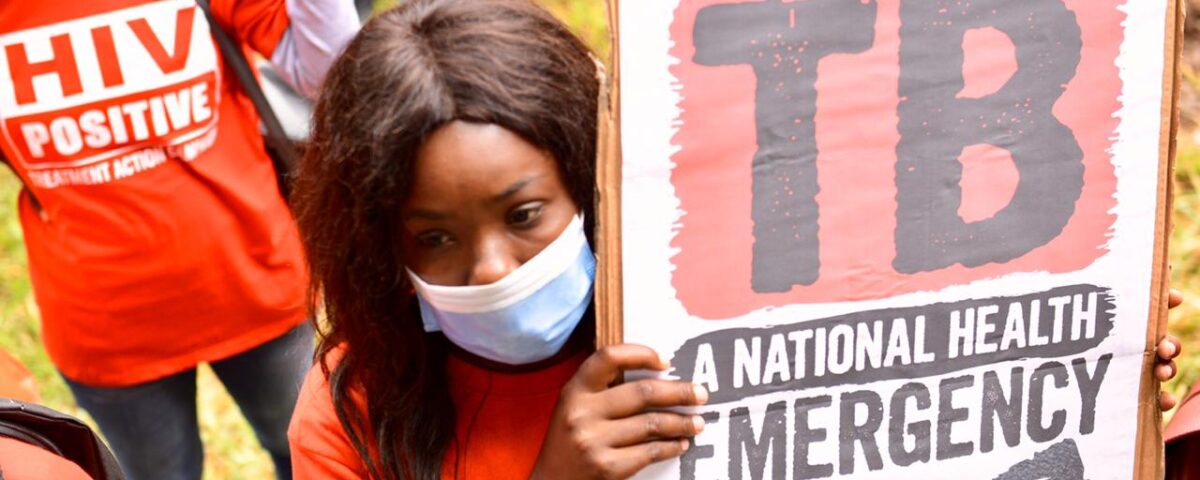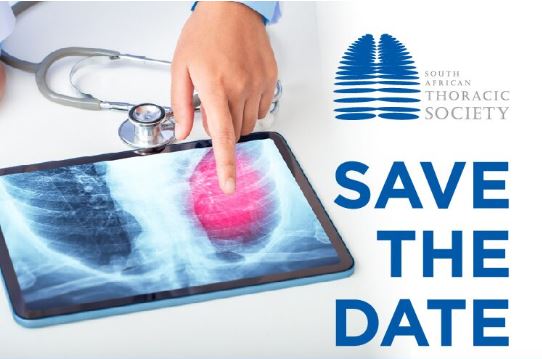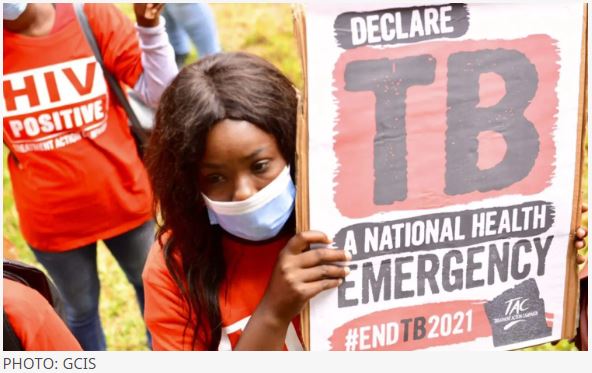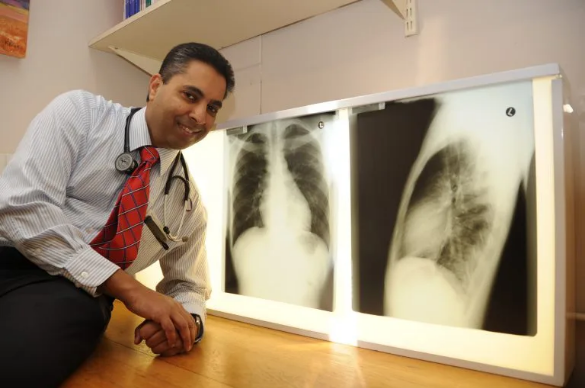


After setbacks, rollout of new TB prevention pills to start in six districts
14th April 2021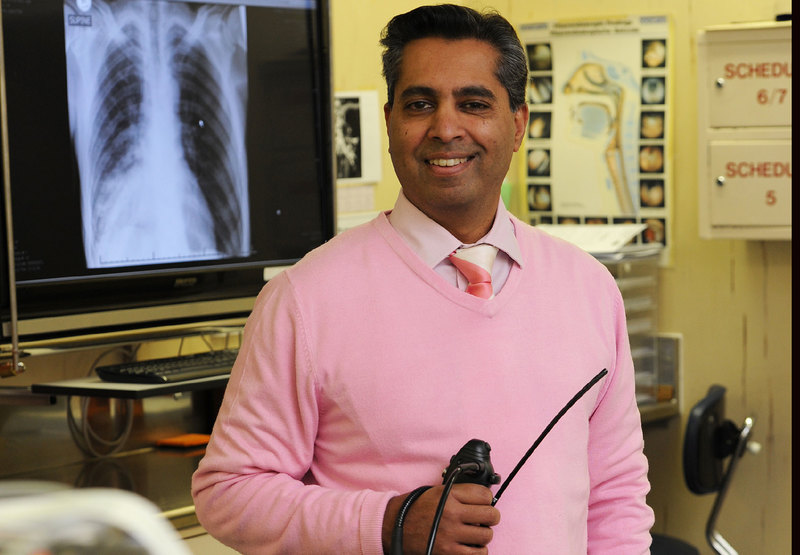


Community-based TB testing intervention enters critical multilayer phase
17th May 2021spotlight – 29th April 2021 | Tiyese Jeranji
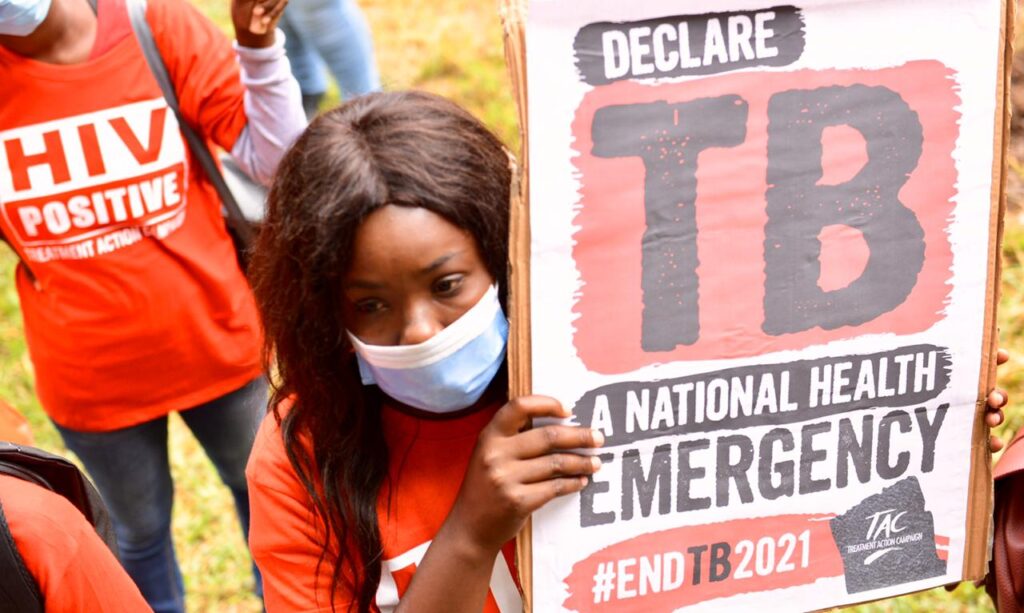

South Africa’s first National TB Prevalence Survey (findings of which were published earlier this year) found that in 2018 the country’s TB burden was substantially higher than previously thought.
More importantly, in almost half the detected cases there were minimal or no symptoms of TB, says Professor Keertan Dheda, a general physician, pulmonologist, and a critical care specialist who heads up the Division of Pulmonology at Groote Schuur Hospital and the University of Cape Town.
Related Posts
- After setbacks, rollout of new TB prevention pills to start in six districts
- For next pandemic we need vaccines in 100 days, says expert
- In-depth: SA at cutting edge of TB vaccine research
- Opinion: Six ways clinics can help turn the tide on TB infection
- Opinion: World TB Day – let’s seize this moment to change the status quo
- SA piloting mobile X-rays to improve TB detection
“These points collectively suggest that the current case-finding strategy for TB, i.e. a passive case-finding strategy, is flawed. This is because it relies on patients self-reporting to TB clinics and hospitals for testing because of symptoms,” he says. “Thus, an alternative paradigm is required whereby TB cases are actively sought out in the community and removing diagnostic testing from the healthcare centres into the community. This is known as active case finding (ACF).”
Spotlight recently reported on two strategies to increase TB diagnosis – the use of mobile X-rays and a strategy called Targeted Universal Testing. Dheda is studying a third approach that may be used together with either of these two.
XACT III
Dheda is the principal investigator of a trial called XACT III, the latest in a series of trials evaluating how to improve TB diagnosis and linkage to care (XACT stands for Xpert Active Case-finding Trial). The study, which started in March, will run until 2024.


Dheda explains that Gene Xpert (a DNA-based diagnostic test) now exists in a portable battery-operated format. He says through the use of these machines, the immediate turnaround time of the test is about 90 minutes but the modules can be interlinked so several modules can be used at the same time, and this can be tailored to the specific demand in a particular setting.
“These machines can be operated by minimally trained healthcare workers, and they do not require a qualified technician to operate them. Registered technicians who work in centralised laboratories are in short supply and thus this automated approach is useful in a resource-poor setting,” Dheda explains.
Lab-based versions of Gene Xpert already form the backbone of TB testing in South Africa. Some of South Africa’s COVID-19 testing was also done on Gene Xpert machines (these machines can take different test cartridges to test for different diseases).
The XACT model comprises a mobile mini-clinic using a minivan (like a Toyota Avanza) which is run by two healthcare workers to find TB cases in the community. In XACT III, people in the community who have TB symptoms or who are living with HIV are randomised to either get immediate Gene Xpert testing at the mobile clinic or to have their samples sent off to a centralised laboratory for testing.
As stated in the study outline, “it is known that sending collected sputum samples to centralized laboratories will be much easier as it uses existing infrastructure, however, the downside is between 20 to 40% of patients fail to come back to collect their results (pre-treatment loss to follow-up; PTLF). Using the diagnostic in the mobile mini-van at point-of-care dramatically reduces this PTLF, enabling quick diagnosis and interrupting transmission.” https://platform.twitter.com/embed/Tweet.html?creatorScreenName=SpotlightNSP&dnt=true&embedId=twitter-widget-0&features=eyJ0ZndfZXhwZXJpbWVudHNfY29va2llX2V4cGlyYXRpb24iOnsiYnVja2V0IjoxMjA5NjAwLCJ2ZXJzaW9uIjpudWxsfSwidGZ3X2hvcml6b25fdHdlZXRfZW1iZWRfOTU1NSI6eyJidWNrZXQiOiJodGUiLCJ2ZXJzaW9uIjpudWxsfSwidGZ3X3R3ZWV0X2VtYmVkX2NsaWNrYWJpbGl0eV8xMjEwMiI6eyJidWNrZXQiOiJjb250cm9sIiwidmVyc2lvbiI6bnVsbH19&frame=false&hideCard=false&hideThread=false&id=1385576728102375427&lang=en&origin=https%3A%2F%2Fwww.spotlightnsp.co.za%2F2021%2F04%2F29%2Fxact-iii-a-trial-asking-how-to-take-tb-tests-to-the-people%2F&sessionId=64b71022fe72b027258e7503d7267131928f38a7&siteScreenName=SpotlightNSP&theme=light&widgetsVersion=82e1070%3A1619632193066&width=550px
Among others, the study will measure how pre-treatment loss to follow-up compares between the group of people who get their tests done right away at the mobile clinic and those whose samples are sent to the lab.
“We already know from the XACT II study that this form of case finding works well. (In that study 5 200 participants in the community underwent targeted screening with a TB case detection rate of an alarming 10%.) The XACT III study will give us more details on how this active case finding strategy can be operationalized. It is being run across four Southern African countries (South Africa, Zambia, Zimbabwe, and Mozambique) and will screen about 20 000 individuals in the community,” says Dheda.
XACT 19
A related study called XACT 19 will randomise patients to immediate testing on-site with Xpert alone or pre-screening them with computer-assisted X-ray diagnosis.
“This trial is really evaluating the utility of mass X-ray screening, which can be rapidly read using artificial intelligence (a computer programme that can estimate the likelihood of TB). Thus,” Dheda says, “all those individuals who have a positive X-ray screen then undergo Xpert testing. In addition, asymptomatic participants will also be screened using this X-ray tool. This speaks to finding TB in those with no symptoms. Approximately 80 000 participants will be screened in the XACT 19 study. We will also assess the infectiousness of participants being recruited in the community using novel cough aerosol sampling technology,” says Dheda.
“The XACT-19 study will also look at community-based testing for COVID-19 in parallel with TB. This is important, as TB and COVID-19 symptoms overlap and community-based access to testing by vulnerable populations is limited. TB case detection has fallen behind with COVID and thus strategies to detect more TB cases are urgently required,” says Dheda.
The studies are supported through a funding package of R200 million from the Wellcome Trust, United Kingdom Medical Research Council, NIH (United States government), and the European and Developing Countries Clinical Trials Partnership.
All 3 studies (XACT II, XACT III, and XACT 19) seek to find TB cases in the community. This is critical, Dheda says, “because, by the time patients self-report to healthcare facilities, they have already transmitted 95% of the burden of TB. This is because most transmission occurs out in the community rather than after presentation to a healthcare facility.”


Combining with other strategies
Dheda says the XACT strategy is not the “be and end all” of active case finding. “XACT can be combined with other active case finding approaches such as using mobile screening Apps (as was very successfully used for COVID-19), targeted screening of contacts of TB cases, screening of groups where there is a very high incidence of TB e.g. HIV-infected participants, and even targeted screening of individuals who visit our healthcare facilities but not specifically for TB. We need to combine all these approaches, including passive case finding approaches, to maximise finding TB cases but most importantly, to reduce transmission,” he says, adding that their studies have shown that the traditional belief that participants with community-based TB have minimal disease and thus do not spread TB is erroneous.
“In fact, our studies found that approximately a third of such patients are highly infectious. We confirmed this finding using innovative approaches such as cough aerosol sampling, a technique where one can enumerate the number of organisms culturable from tiny respiratory droplets (<5µm that are inhaled deeply into the lung),” he says.
